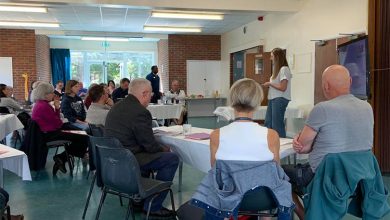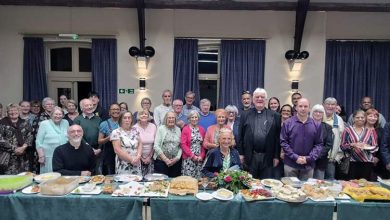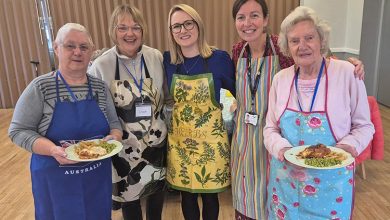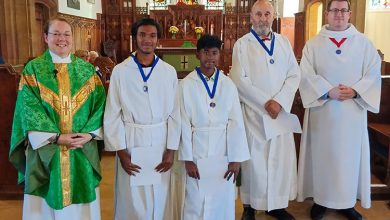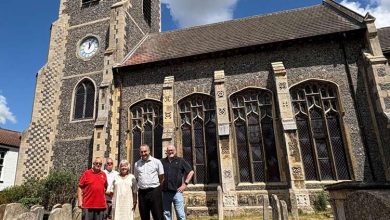50 years of Anglican Methodist sharing in Norfolk
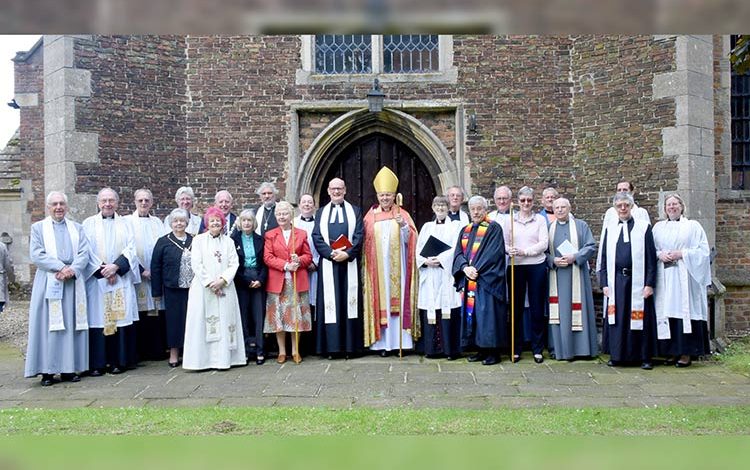
The congregation of St. Faith’s Church in West Norfolk recently celebrated the fiftieth anniversary of a unique sharing arrangement between Anglicans and Methodists. The special 50th Anniversary Service was attended by prominent figures such as the Bishop of Norwich and the Chair of the East Anglia Methodist District, as well as former members of clergy from both denominations who had served at the church since 1974. The service was followed by a communal lunch and the cutting of an anniversary cake by the oldest and newest members of the church.
In 1974, St. Faith’s Church began to be used by both Anglicans and Methodists following a Sharing Agreement initiated by the then Rector, Rev Gerald Phizackerley. The Methodist congregation, led by Rev Wilfred White and supported by local leaders, opted to hold their worship services in the parish church instead of building a new church elsewhere in the area. This decision eventually led to the establishment of the Gaywood Church Rooms and the formal sharing of St. Faith’s Church by both Anglicans and Methodists fifty years ago.
The official transition from the old chapel to the Gaywood Church Rooms and St. Faith’s Church took place in February 1974, with Methodist Minister Rev Tony Windsor leading the congregation in the first Methodist service held at St. Faith’s. These early efforts laid the foundation for what has now become a flourishing Anglican/Methodist Local Ecumenical Partnership, formalized in 1995. The partnership has facilitated a strong sense of community and cooperation between the two denominations, fostering a spirit of unity and mutual support within the church.
The anniversary celebration not only commemorated the history and legacy of the shared arrangement between Anglicans and Methodists at St. Faith’s Church but also highlighted the ongoing commitment to collaboration and harmony between the two denominations. The event served as a testament to the power of faith and unity in bringing diverse communities together, and the continued success of the partnership serves as a model for other congregations seeking to forge similar bonds across different Christian traditions.



